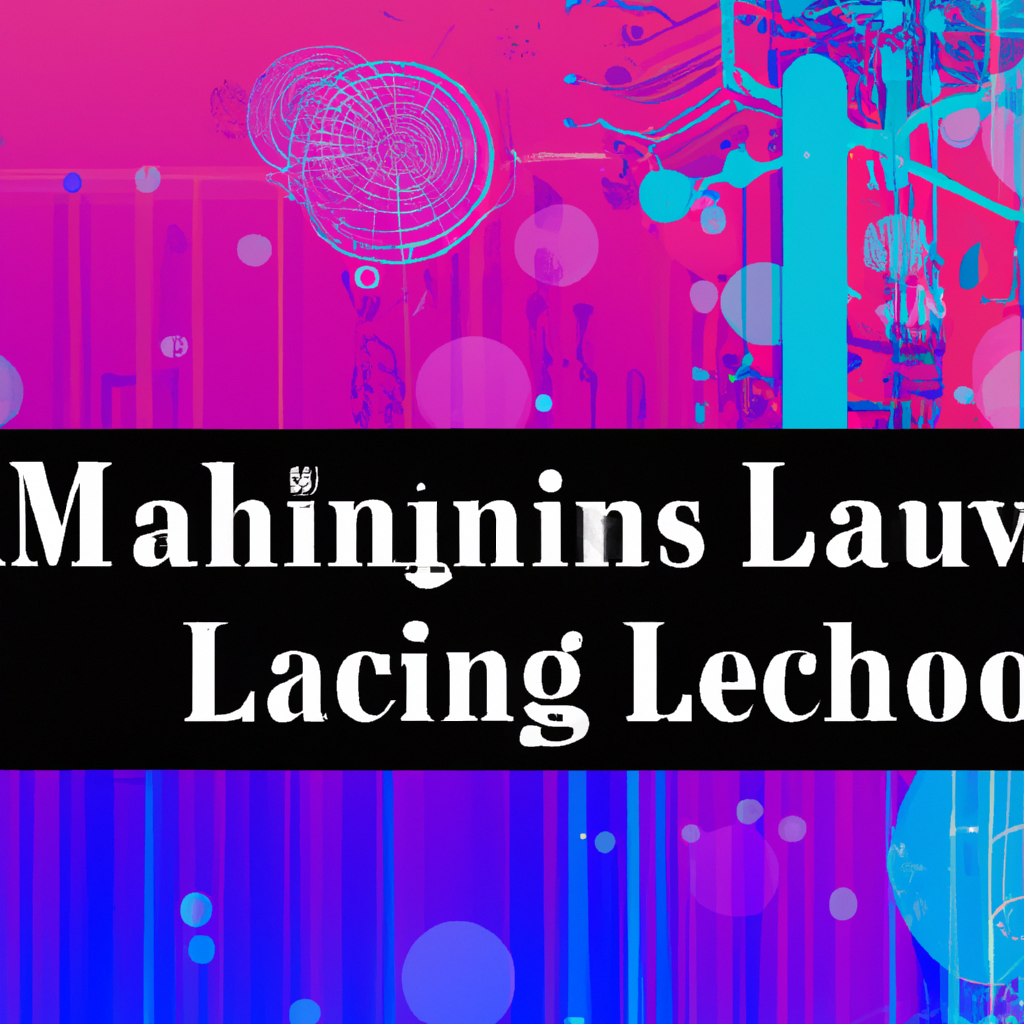Exploring the Applications of Machine Learning in Natural Language Understanding
Table of Contents
Exploring the Applications of Machine Learning in Natural Language Understanding
# Introduction
In the realm of artificial intelligence, machine learning has emerged as a powerful tool for solving complex problems. One area where machine learning has made significant advancements is in natural language understanding (NLU). NLU involves the ability of computers to comprehend and interpret human language in a meaningful way. This article aims to explore the applications of machine learning in NLU, highlighting both the new trends and the classics of computation and algorithms.
# Understanding Natural Language
Natural language is inherently complex, characterized by its ambiguity, context-dependency, and vast vocabulary. Traditional rule-based approaches to NLU have proven to be inadequate in handling the intricacies of human language. Machine learning, on the other hand, offers a data-driven approach that can learn from examples and adapt to the nuances of natural language.
# Machine Learning Techniques in Natural Language Understanding
Machine learning techniques can be broadly divided into two categories: supervised learning and unsupervised learning. Supervised learning involves training a model on labeled data, where the desired output is known. Unsupervised learning, on the other hand, involves training a model on unlabeled data and allowing it to discover patterns and relationships on its own.
- Supervised Learning in NLU
Supervised learning has been extensively used in various NLU tasks such as sentiment analysis, named entity recognition, and part-of-speech tagging. Sentiment analysis aims to determine the sentiment or emotion expressed in a piece of text. By training a model on labeled data consisting of positive, negative, and neutral sentiments, machine learning algorithms can learn to classify new texts based on their sentiment.
Named entity recognition involves identifying and classifying named entities such as person names, locations, and organizations in a text. Supervised learning techniques can be employed by providing annotated data where each named entity is labeled with its corresponding type. The model can then learn to recognize and classify new named entities.
Part-of-speech tagging assigns grammatical categories, such as noun, verb, or adjective, to each word in a sentence. This task can also be approached using supervised learning, where a model is trained on labeled data containing sentences with their corresponding part-of-speech tags. The model can then predict the part-of-speech tags for new sentences.
- Unsupervised Learning in NLU
Unsupervised learning techniques have gained popularity in NLU due to their ability to discover hidden patterns and structures in unlabeled data. One such technique is topic modeling, which aims to uncover the underlying themes or topics in a collection of documents. Algorithms like Latent Dirichlet Allocation (LDA) and Non-negative Matrix Factorization (NMF) have been widely used for topic modeling.
Another important application of unsupervised learning in NLU is word embeddings. Word embeddings represent words as dense vectors in a high-dimensional space, capturing their semantic and syntactic relationships. Techniques like Word2Vec and GloVe have revolutionized NLU by providing effective word representations that can be used in various downstream tasks such as document classification and information retrieval.
# Recent Advances in NLU using Machine Learning
Machine learning techniques in NLU have witnessed significant advancements in recent years. One of the breakthroughs has been the use of deep learning models, particularly recurrent neural networks (RNNs) and transformers. These models have shown impressive performance in tasks such as machine translation, question answering, and natural language generation.
RNNs, specifically long short-term memory (LSTM) networks, have been successful in capturing contextual dependencies in sequential data. This property makes them well-suited for tasks like machine translation, where the meaning of a word may depend on its surrounding words. Transformers, on the other hand, have gained popularity for their ability to model long-range dependencies and parallel processing. They have been particularly effective in tasks like question answering and text summarization.
# Classic Algorithms in NLU
While deep learning models have gained prominence in recent years, it is important not to overlook the classic algorithms that have laid the foundation for NLU. One such algorithm is the Hidden Markov Model (HMM), which has been widely used for tasks like speech recognition and part-of-speech tagging. HMMs model the underlying hidden states that generate observed sequences, making them suitable for sequential data.
Another classic algorithm is the Support Vector Machine (SVM), which has been extensively employed for text classification tasks. SVMs aim to find an optimal hyperplane that separates data points of different classes in a high-dimensional space. They have shown excellent performance in tasks like sentiment analysis and document categorization.
# Conclusion
Machine learning has revolutionized natural language understanding by enabling computers to comprehend and interpret human language. Supervised learning techniques have proven effective in tasks like sentiment analysis, named entity recognition, and part-of-speech tagging. Unsupervised learning techniques have uncovered hidden patterns and structures in unlabeled data, leading to advancements in topic modeling and word embeddings. Recent advances in deep learning, particularly RNNs and transformers, have further improved the performance of NLU tasks. However, it is important to acknowledge the contributions of classic algorithms like HMMs and SVMs in laying the foundation for NLU. As machine learning continues to evolve, the applications of NLU are expected to grow, leading to enhanced human-computer interactions and intelligent language processing systems.
# Conclusion
That its folks! Thank you for following up until here, and if you have any question or just want to chat, send me a message on GitHub of this project or an email. Am I doing it right?
https://github.com/lbenicio.github.io

